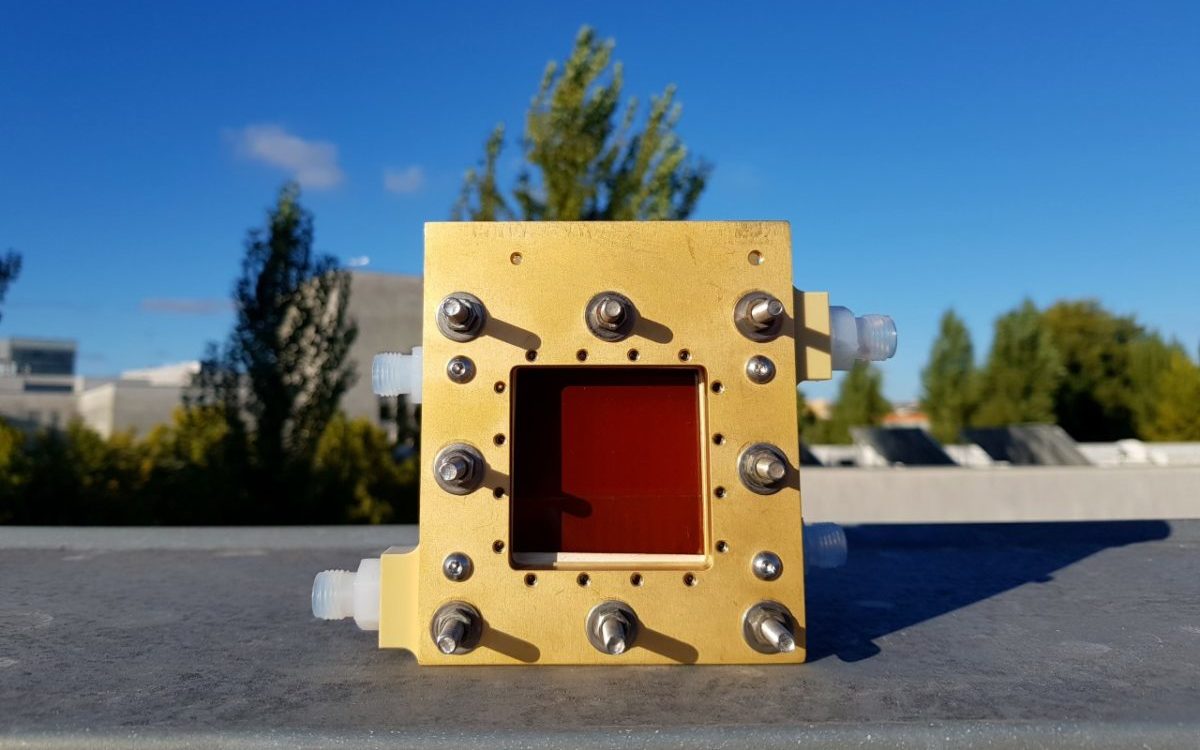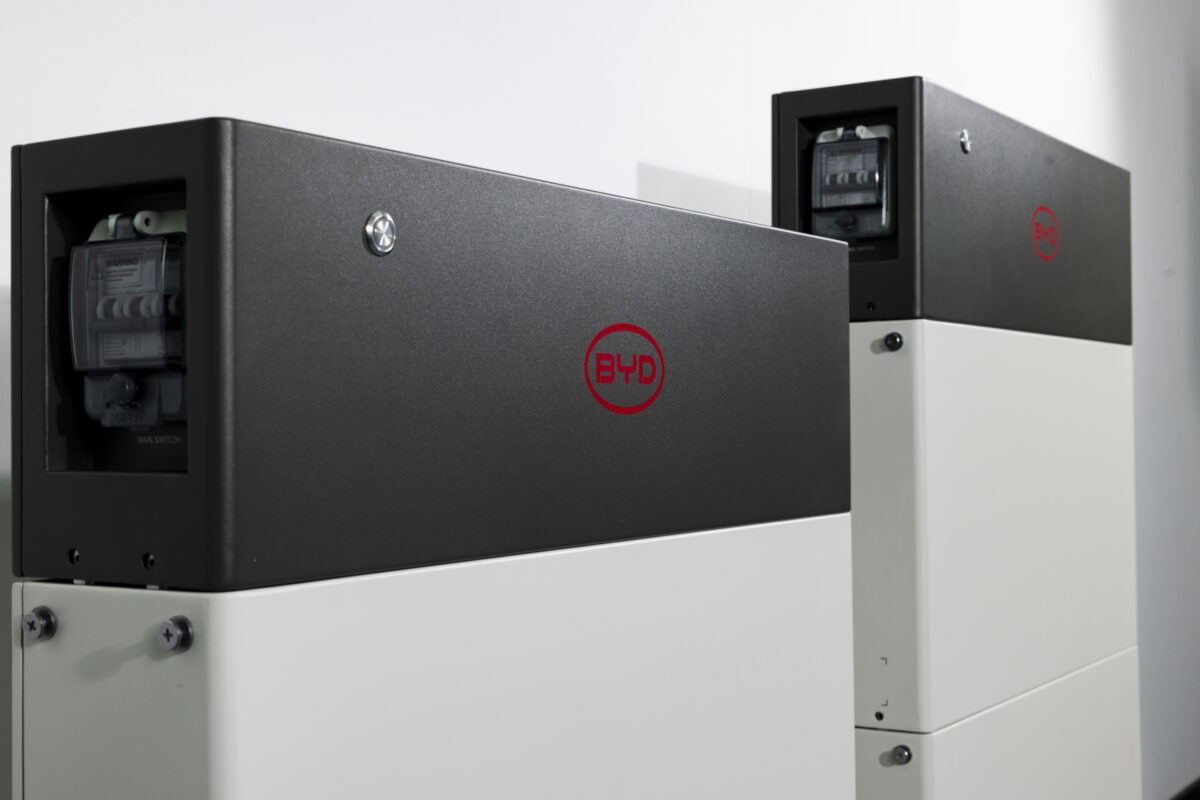Maximizing the efficiency of energy storage, to make good use of every electron generated from intermittent renewables, will be an ongoing challenge for scientists over the coming decades, and one that will likely see a whole host of new technologies and materials introduced to increasingly specialized markets.
Among the less explored approaches here is single-device integrated solar generation and energy storage, or solar-powered redox batteries (SPRBs). These promise to eliminate much of the additional power electronics and other equipment needed to shuttle energy from a PV system to a battery, meaning both cheaper and more efficient energy storage. So far, a few different approaches to fabricating such a device have emerged, and while progress has been made, none has yet achieved the type of performance that would bring interest from commercial developers.
Scientists led by China’s Nanjing University of Information Science and Technology conducted an extensive review of recent progress with SPRBs, focusing on the development of high-performance dye sensitizer materials, the photoelectrochemical performance of different electrode materials, and the mechanism and structure of such devices. Their review and recommendations can be found in the paper Integrated Photovoltaic Charging and Energy Storage Systems: Mechanism, Optimization, and Future, published in Small.
The paper notes that dye sensitizer materials and semiconductor photocatalysts have shown the most promising results so far, and recommend a range of strategies focused on enhanced light absorption, charge separation, energy matching and overall device optimization. It also states that working with materials that exhibit a high specific capacity for energy storage will be key in developing commercially relevant types. If this potential can be realized, the review finds multiple applications including capacitors, solid-state batteries, microdevices, and smart wearables that could all benefit from such integrated technology.
This content is protected by copyright and may not be reused. If you want to cooperate with us and would like to reuse some of our content, please contact: editors@pv-magazine.com.




4 comments
By submitting this form you agree to pv magazine using your data for the purposes of publishing your comment.
Your personal data will only be disclosed or otherwise transmitted to third parties for the purposes of spam filtering or if this is necessary for technical maintenance of the website. Any other transfer to third parties will not take place unless this is justified on the basis of applicable data protection regulations or if pv magazine is legally obliged to do so.
You may revoke this consent at any time with effect for the future, in which case your personal data will be deleted immediately. Otherwise, your data will be deleted if pv magazine has processed your request or the purpose of data storage is fulfilled.
Further information on data privacy can be found in our Data Protection Policy.